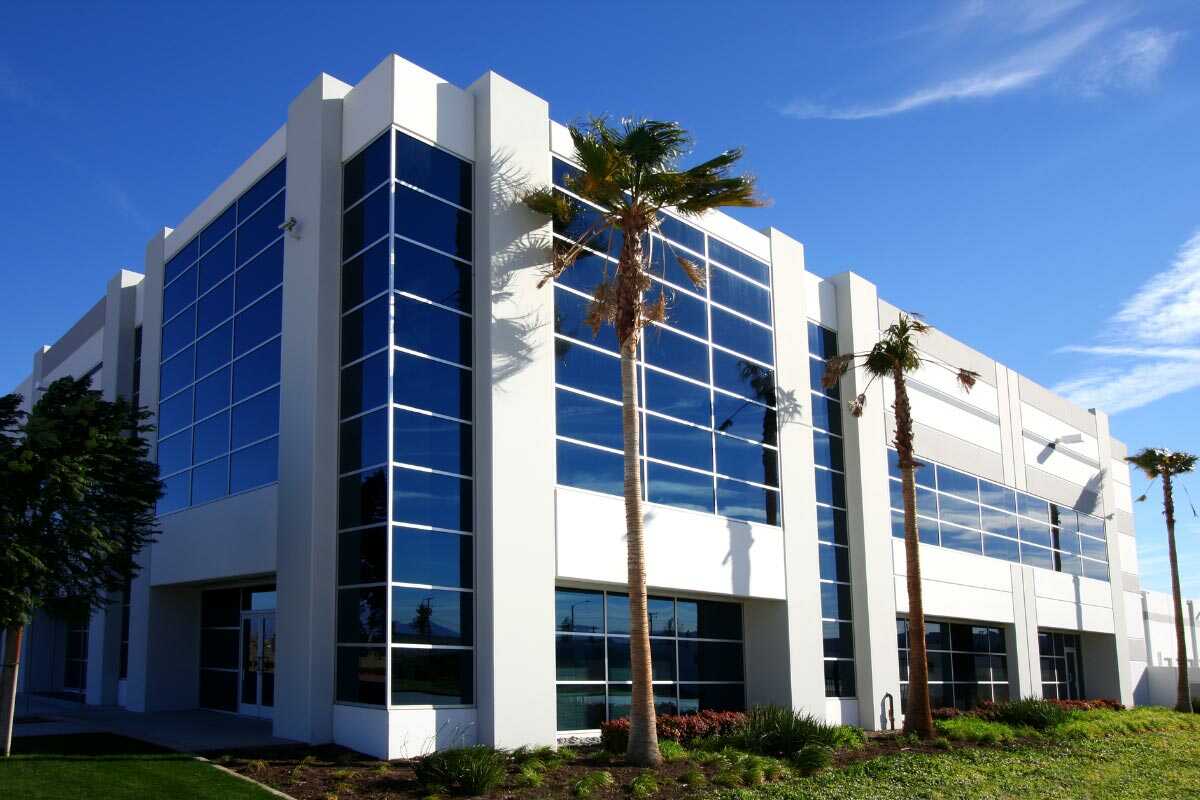Let’s Breakdown the Commercial Painting Process
Understanding what the commercial painting process involves before getting started can help you to plan and know what to expect.
Our short guide will give you an overview of how to prepare for a commercial painting process and help you make sure you’re aware of what you need to know ahead of time.
What happens during the Commercial Painting Process?
- Setting a scope of work and a price
Before we can begin, the first thing we need to do is determine the scope of your project. A scope typically includes the estimated project size and the services we’ll provide.
As soon as we’ve worked out what needs to be done, we’ll estimate how much it will cost. This total will also include materials and labor.
- Setting a timeline
Planning ahead helps us to make sure that things run as smoothly as they can. From securing materials to preparing equipment, there’s a lot of work involved in painting a commercial space (even before it starts!) We’ll create a timeline for your project after estimating costs in order to stay on track.
- Picking Out The Colors
When it comes to selecting paint colors for a commercial project, it’s not just the paint you’re selecting. You want to select colors that represent your brand, leave a good impression and make your customers feel welcome.
The same goes for when you’re painting a multifamily building or complex, the colors you choose play a role in creating an environment that can help potential tenants imagine themselves living in and decide if your building is the right choice for them.
- Prepping the surfaces
For the interiors, take down shelves and any decorations hanging on walls. Move furniture away from the walls and towards the middle of the room.
For more protection from paint spills and drips, place plastic over furniture, cover floors with drop cloths and apply painter’s tape to floor edges.
Don’t forget the exterior walls. Paint should never be applied over a dirty surface. Doing so will not only make the surfaces look shabby, but it will also prevent the new coat from sticking on properly.
You can easily get rid of stains, mold, and debris with pressure cleaning. All in all, pressure cleaning the exterior walls can help extend the paint job’s life and cut down the costs of upkeep in the long run.
- Inspecting and any final repairs
Afterward, we’ll thoroughly check the walls and take care of any cracks, holes or minor deficiencies
These are usually small repairs, but they can help the new coat of paint to stick on better and can make a major difference overall in the final results. Some things we’ll typically do here are sanding the surface to make it smoother and filling in dents with plaster.
- Applying a coat of primer
Priming tends to be overlooked, but it really contributes to the durability of a paint job. Primer doesn’t just serve as a base for paint, it also creates a barrier between your walls and the new paint. This step helps the new paint to last longer and be less likely to chip off.
Once that’s all done, then we can begin painting!
Count On Our Commercial Painting Experts
Ready to begin your project? Check out our commercial painting services and see what we can do for your business!

